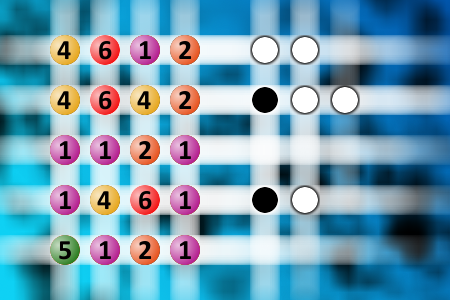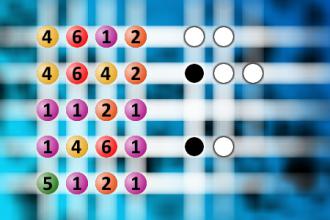What a winning combination?
The computer chose a secret code (sequence of 4 digits from 1 to 6). Your goal is to find that code. Black circles indicate the number of hits on the right spot. White circles indicate the number of hits on the wrong spot.Correct answers: 53
The first user who solved this task is Djordje Timotijevic.
#brainteasers #mastermind

Kumail Nanjiani: Hogwarts Curriculum
Heres my only thing with Harry Potter... They go to this school, and they take classes like Defense Against the Dark Arts and Potions and Divination, but they should be taking math also, right? Why are there no math teachers at Hogwarts? Or history, or geography? Theyre getting tested on Care of Magical Creatures -- never heard of the Holocaust.

